Our Stories
Recent Articles
Behind the Scenes
Arborists on Campus — The Art of Tree Care
Thanking those who keep our trees thriving.
Behind the Scenes
Ducts in a Row
The experts at the House Mechanic Shop meticulously oversee campus HVAC systems, ensuring building temperatures are optimal for both daily operations and historic preservation.
Behind the Scenes
Meet the Historic Preservation Officer
Donna Klee has worked for the Architect of the Capitol (AOC) for more than 10 years and was named the agency's Historic Preservation Officer in the fall of 2023. In this capacity, she works to implement the agency's preservation policy.
Behind the Scenes
AOC Experts Keep it Cool for Historic Preservation Efforts
When it comes to preserving the Library of Congress' record-breaking collection of more than 175 million items — including books, historical materials and cultural artifacts — the Architect of the Capitol staff plays an instrumental role in keeping things cool.
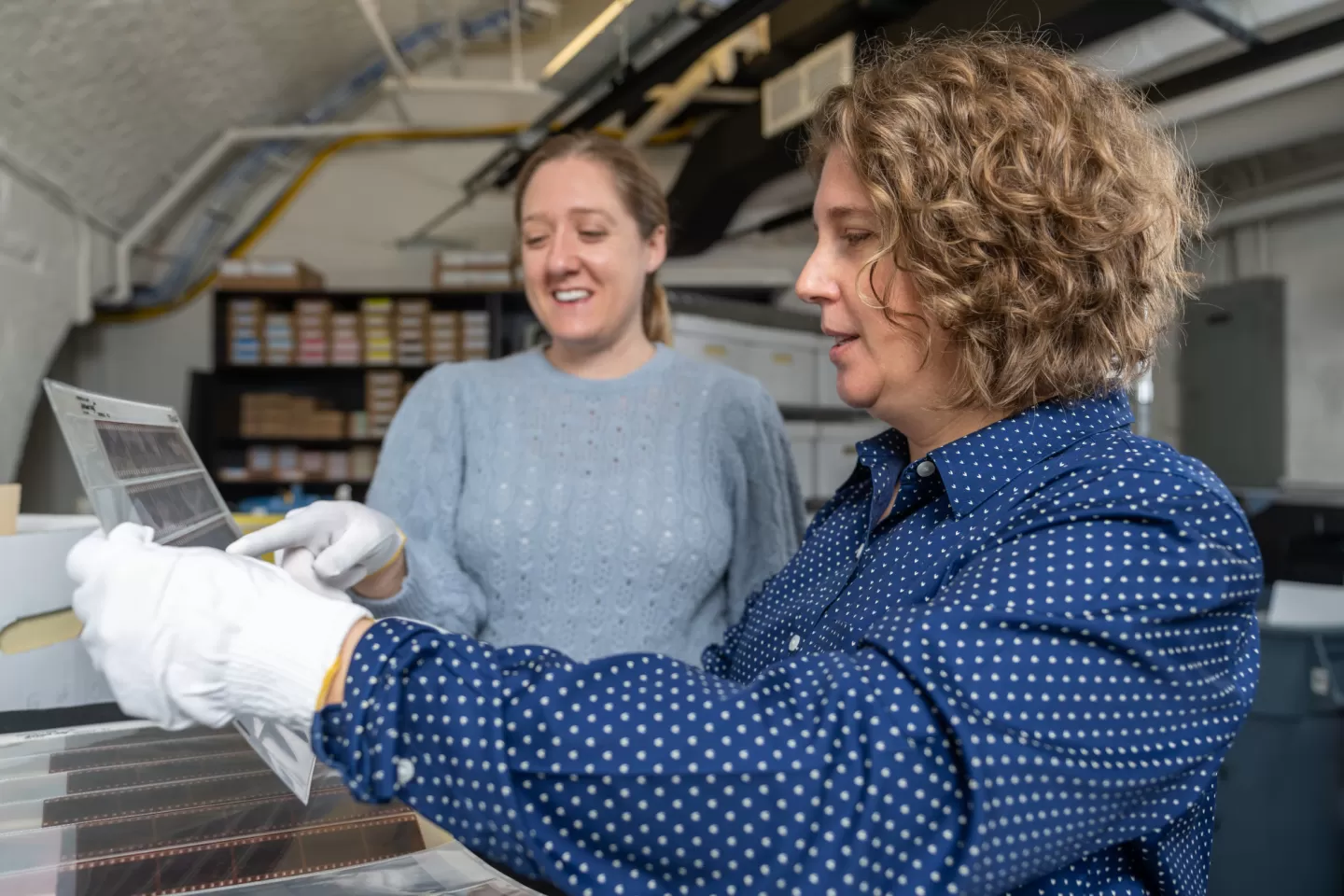


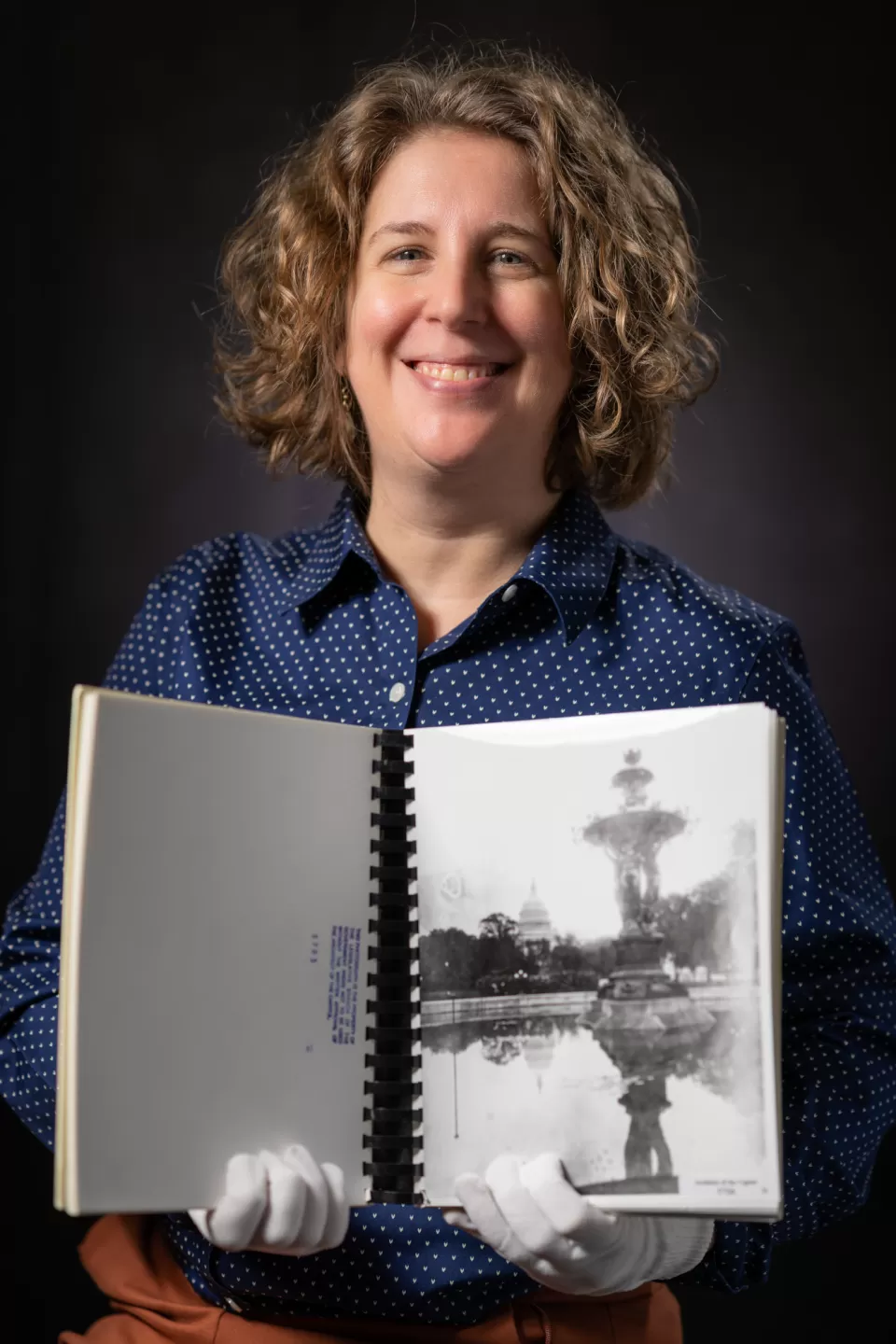

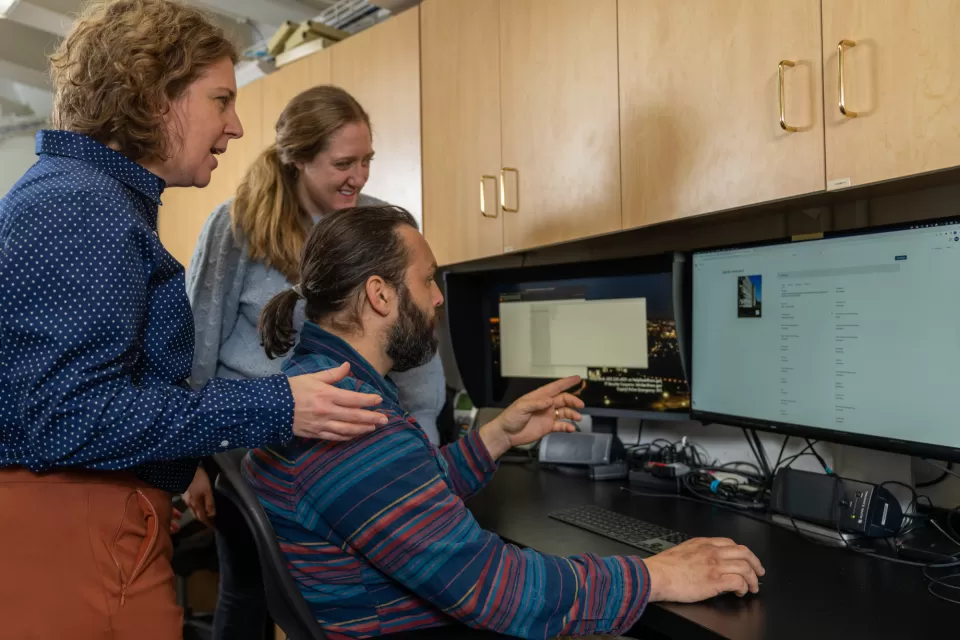
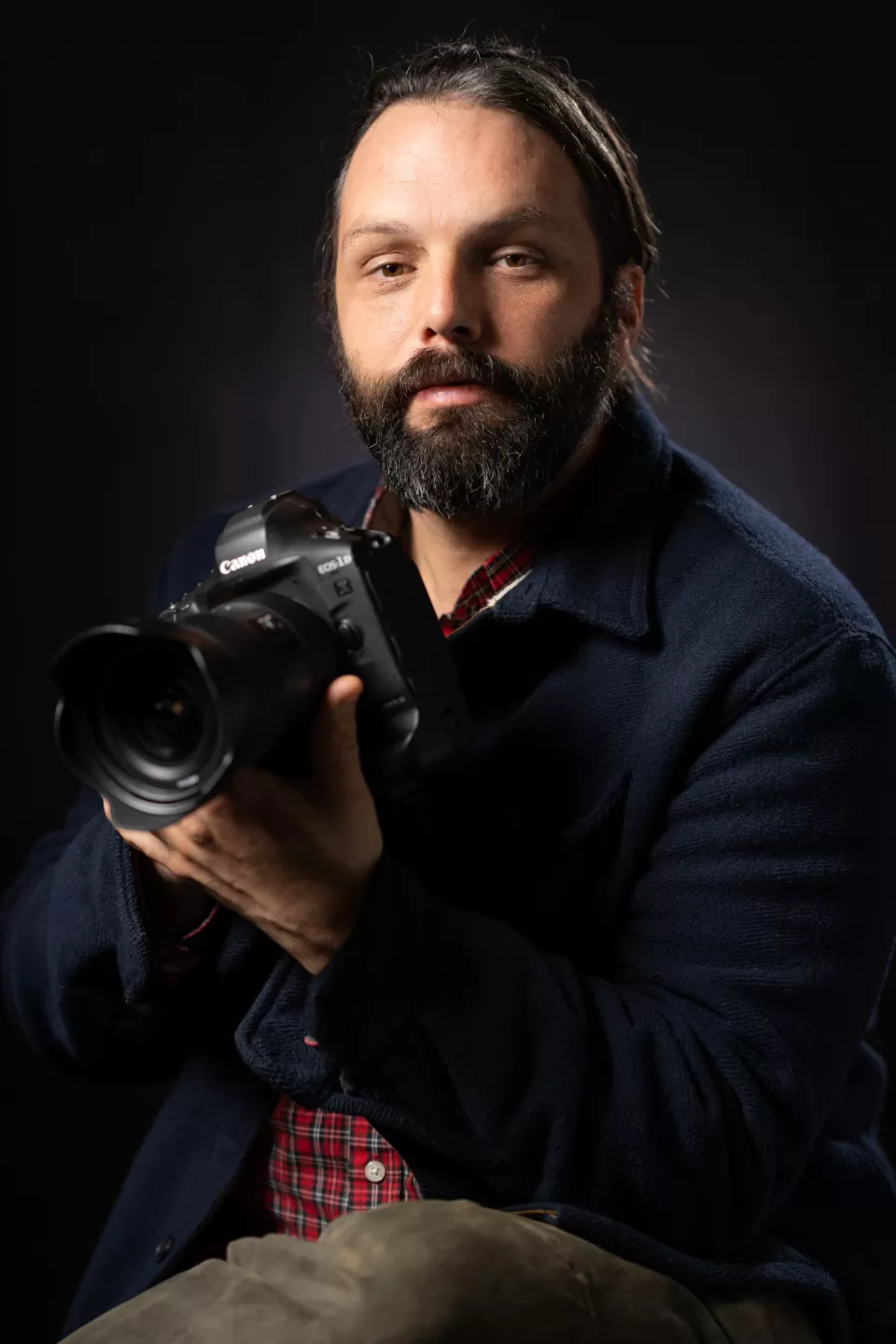
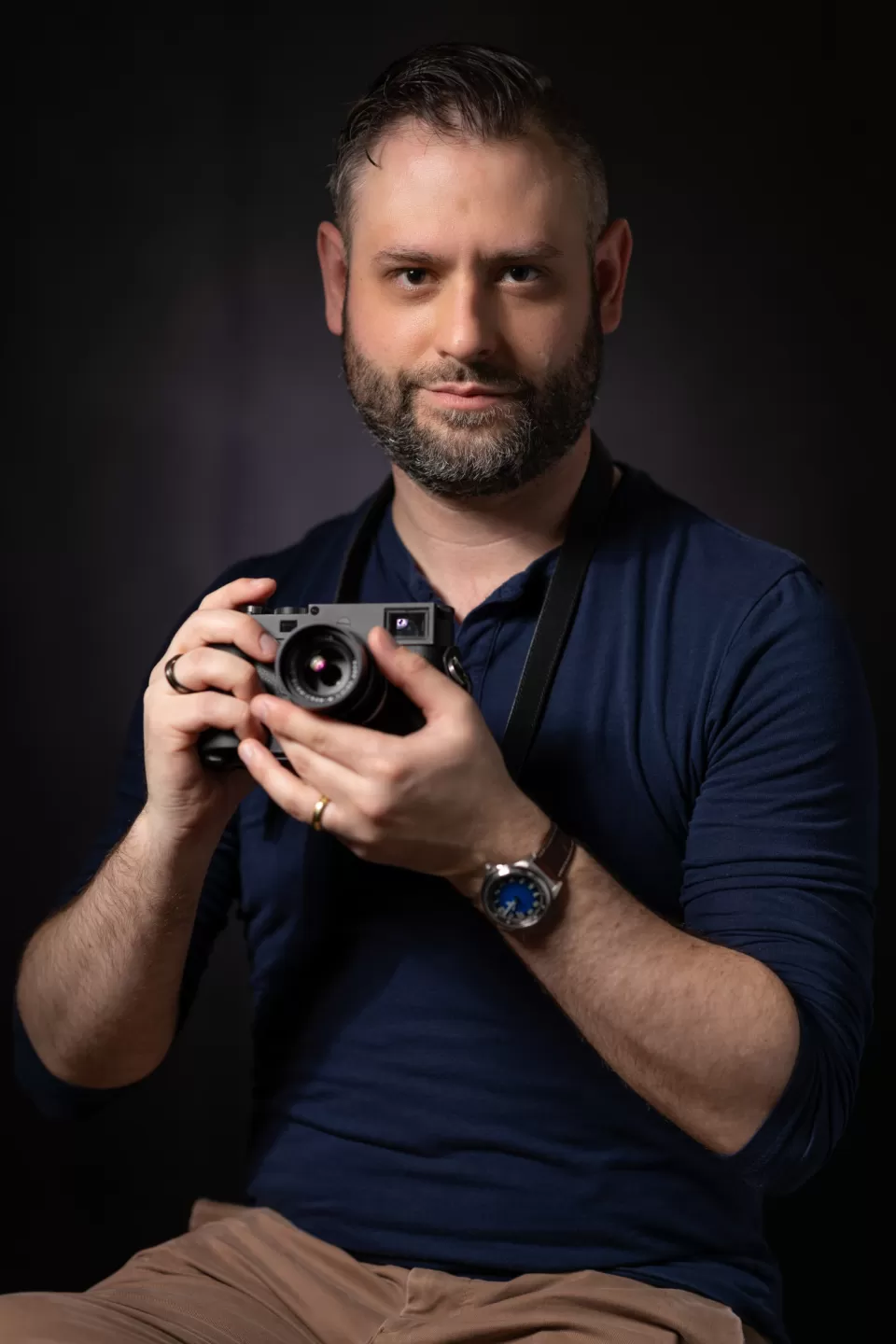

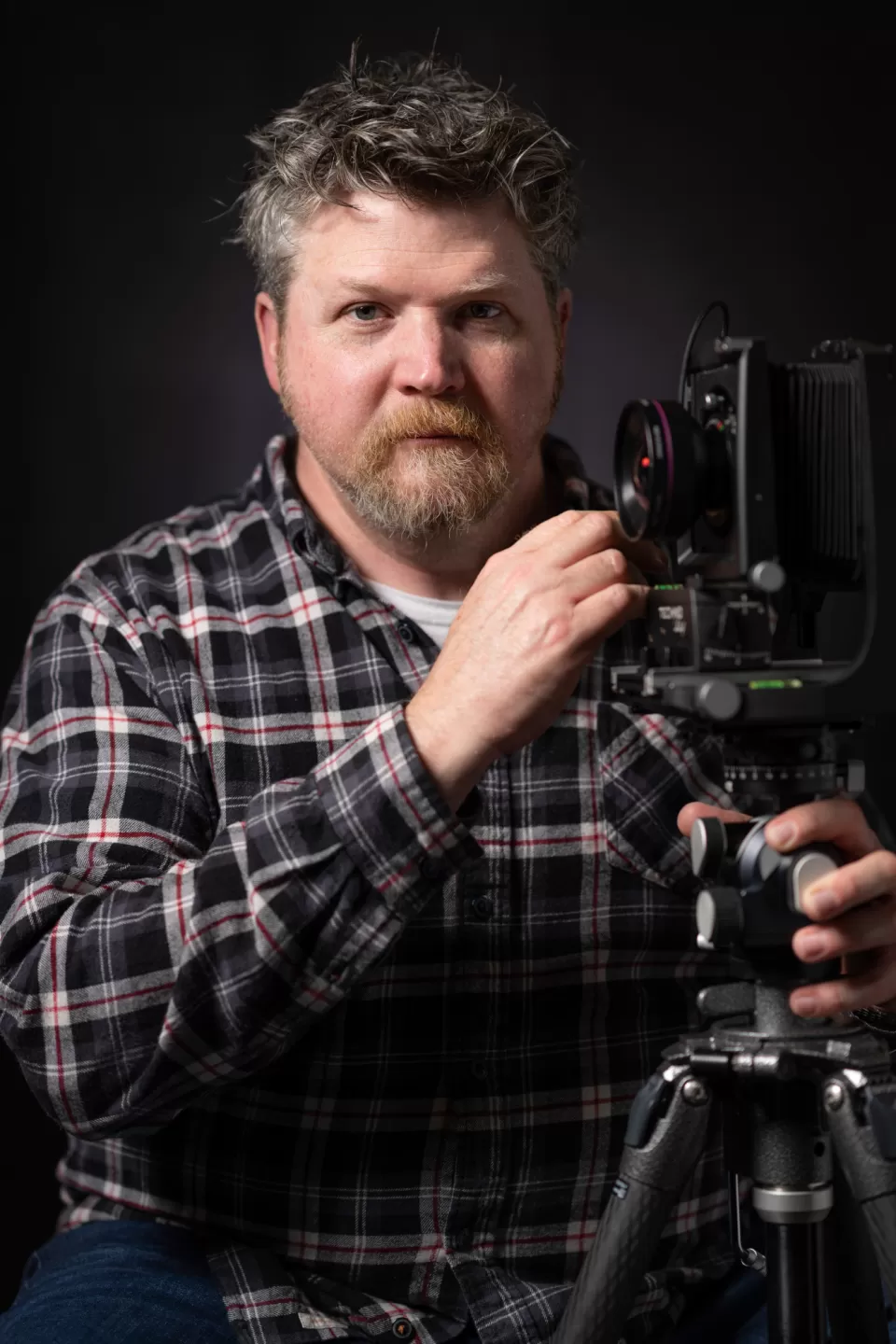

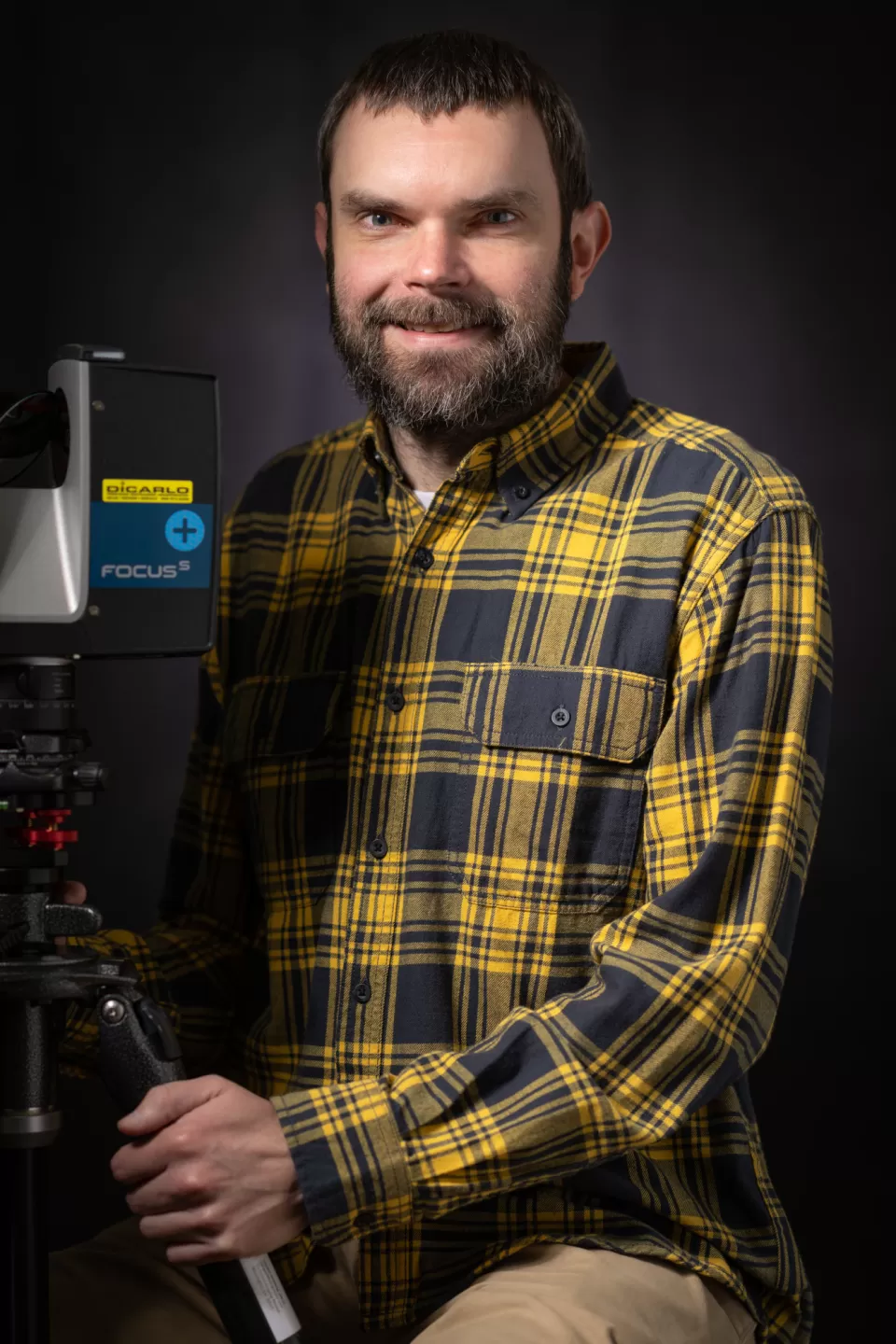
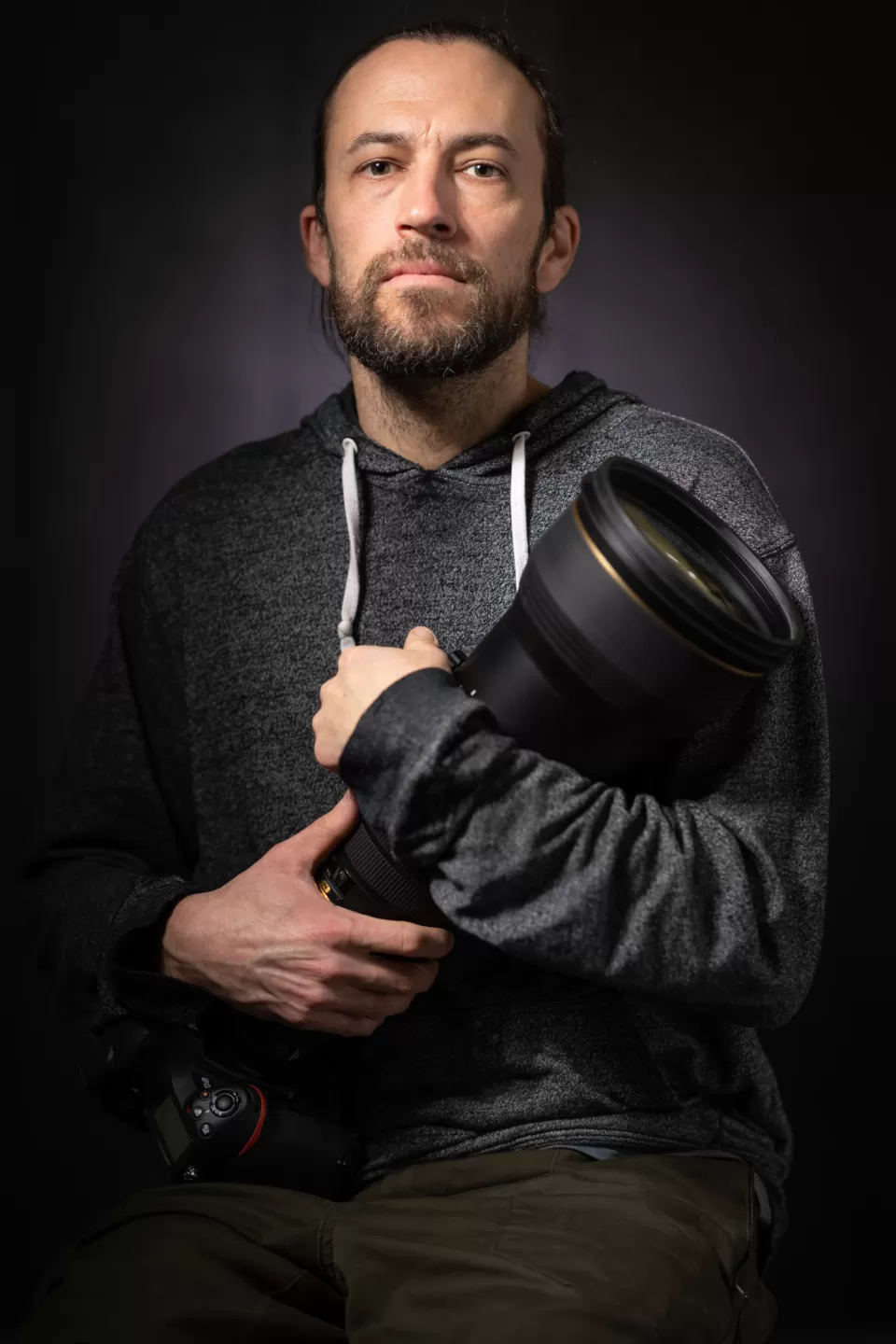

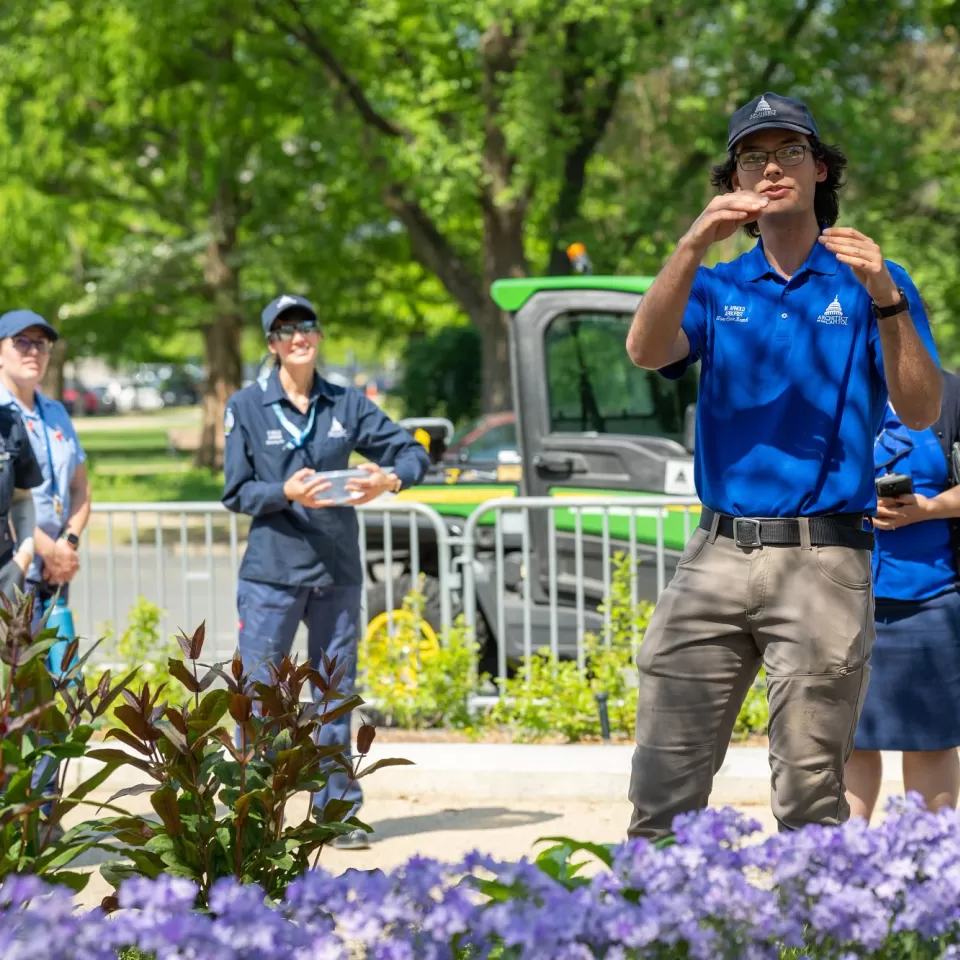
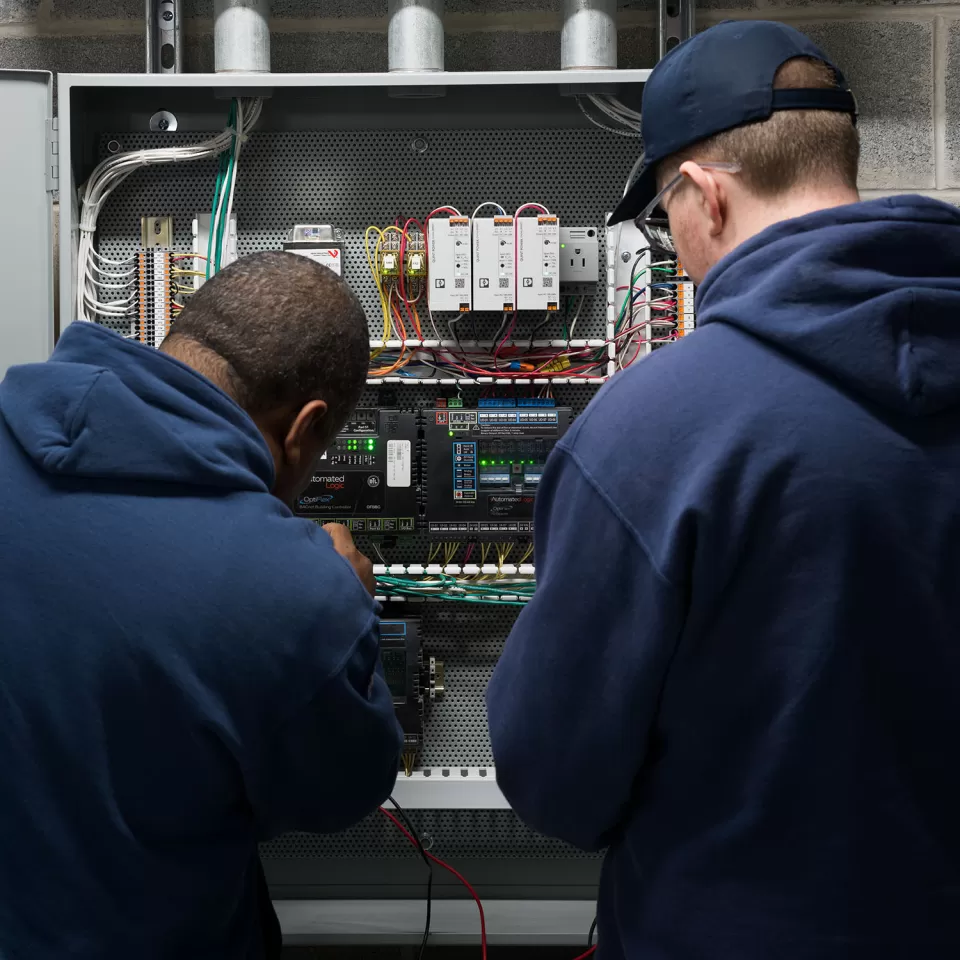
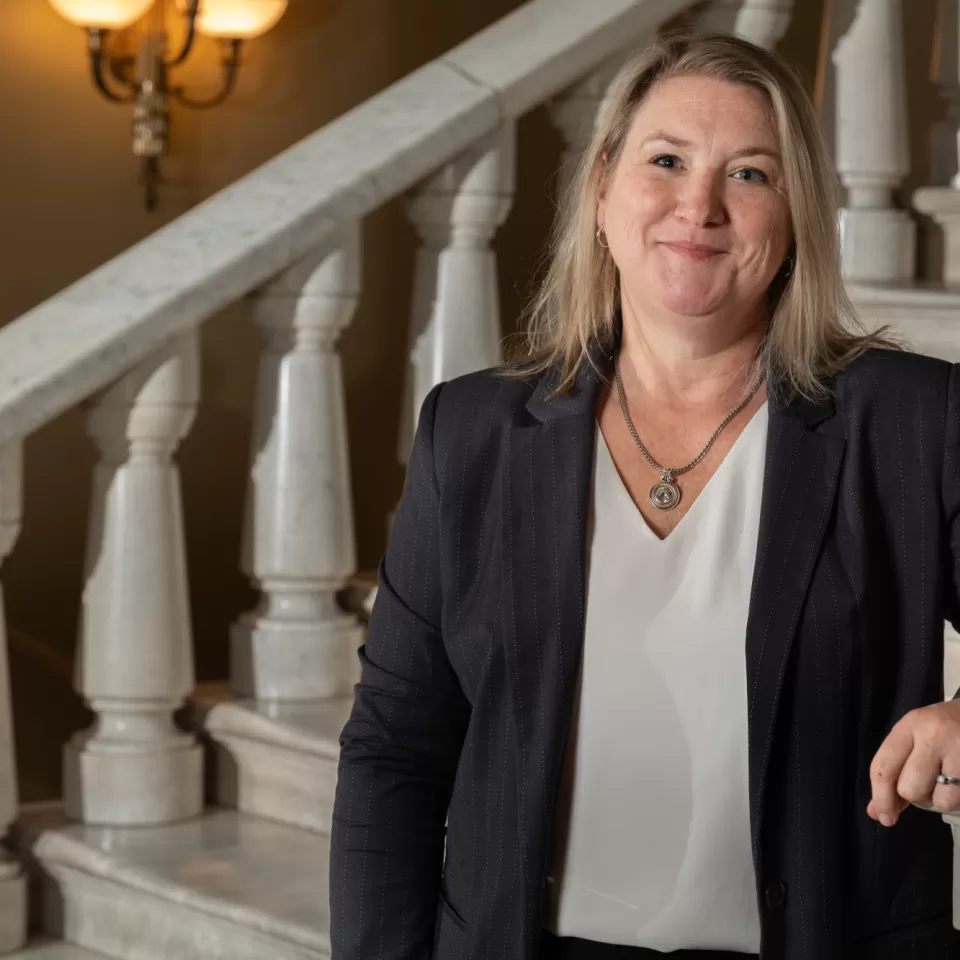

Comments
THANK YOU FOR NOT ONLY THE PHOTOS BUT YOUR DISCRUPTIONS OF WHAT AND HOW, BIG HELP!
Thank You not only for the photos. but the disruptions of how each photo was done but why this is a favorite. This helps me to get better pictures.
Great stuff! Awesome to read about all the stuff you guys do! Keep it up!
Being a photographer myself, I know how difficult to make good picture. Everything has to be taken into consideration: light, angle, depth etc. It seems you guys all passionate about your job and that is the most important. Enjoy, good luck and looking forward to more amazing works.
Add new comment